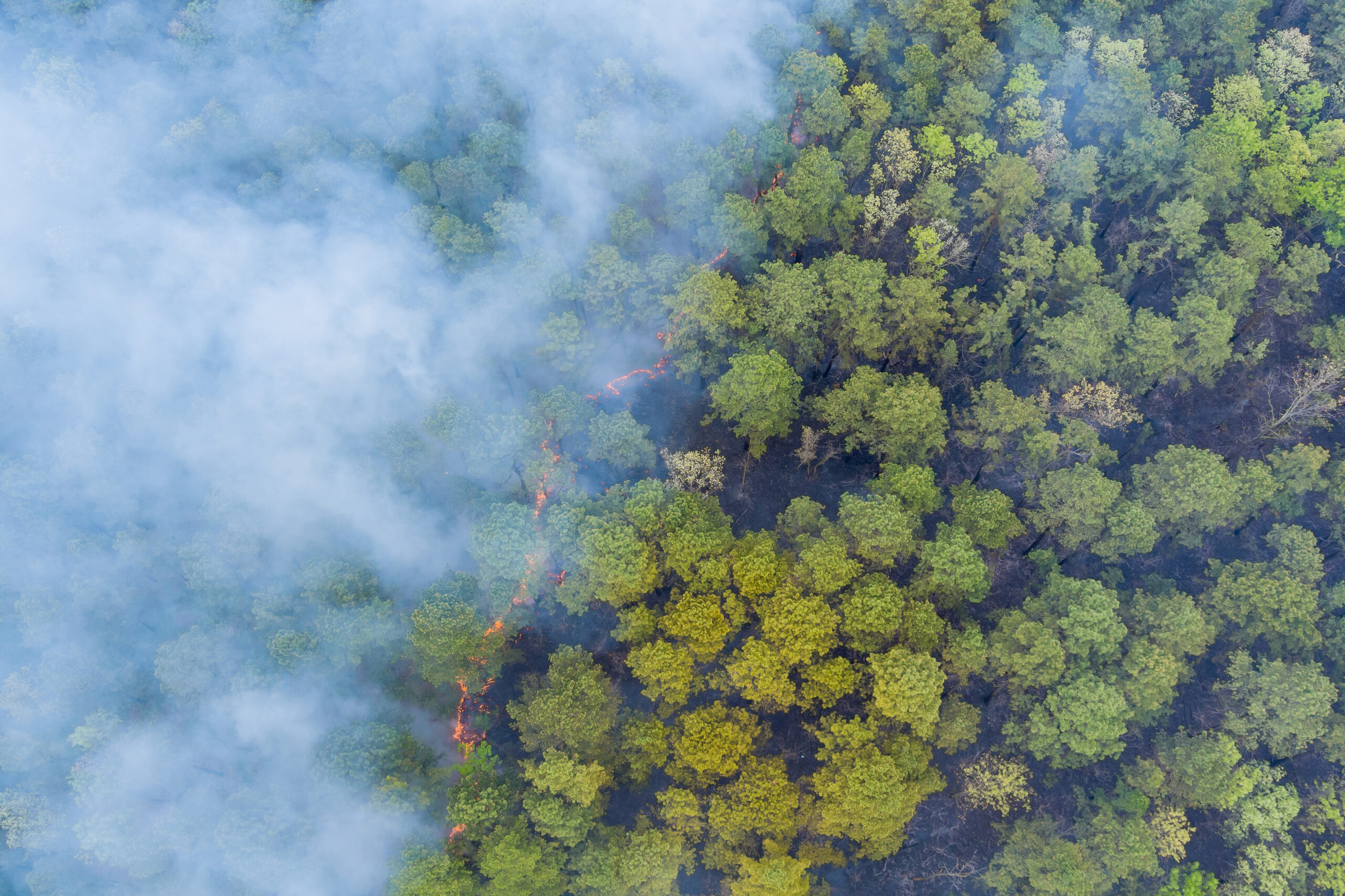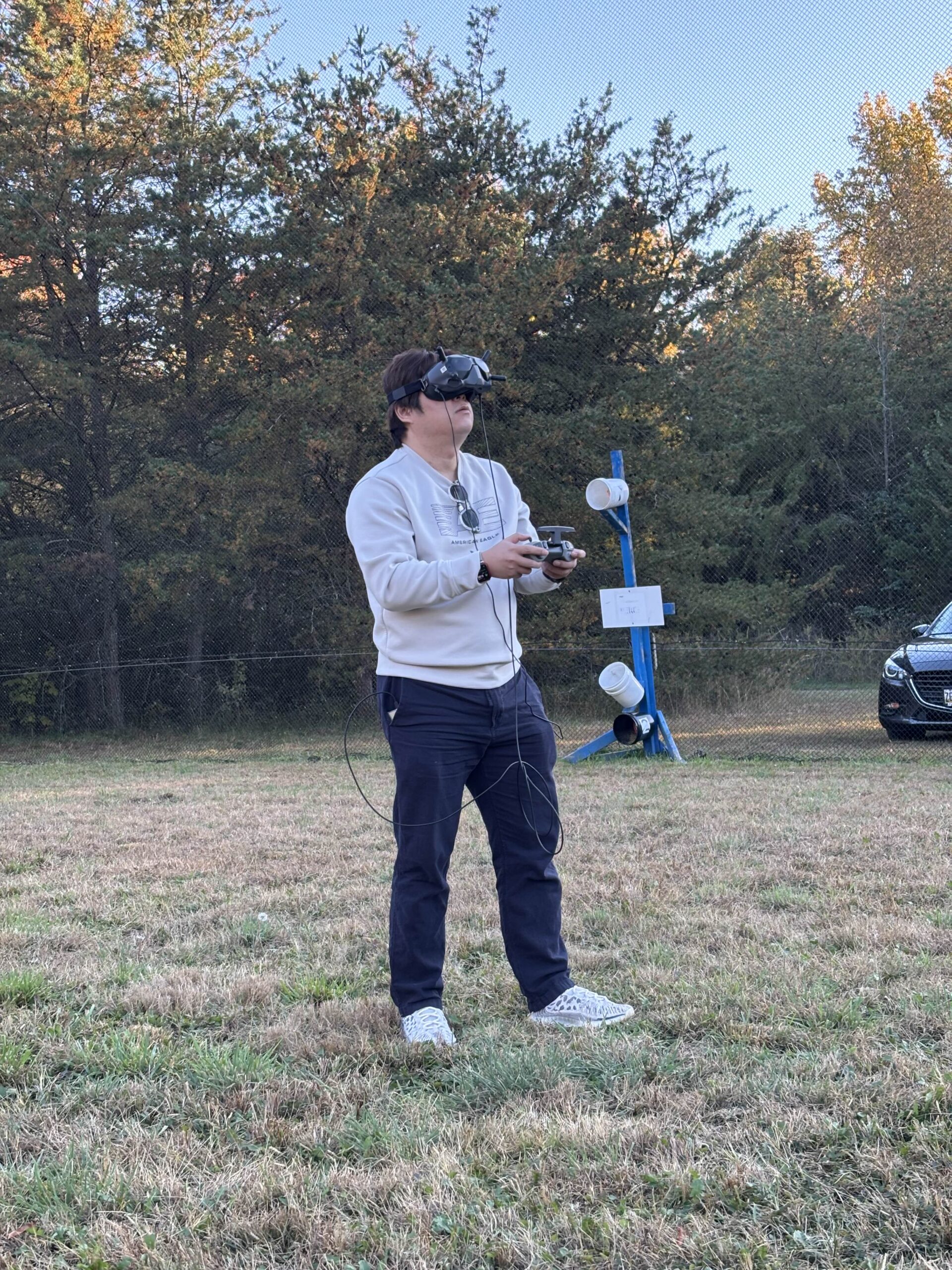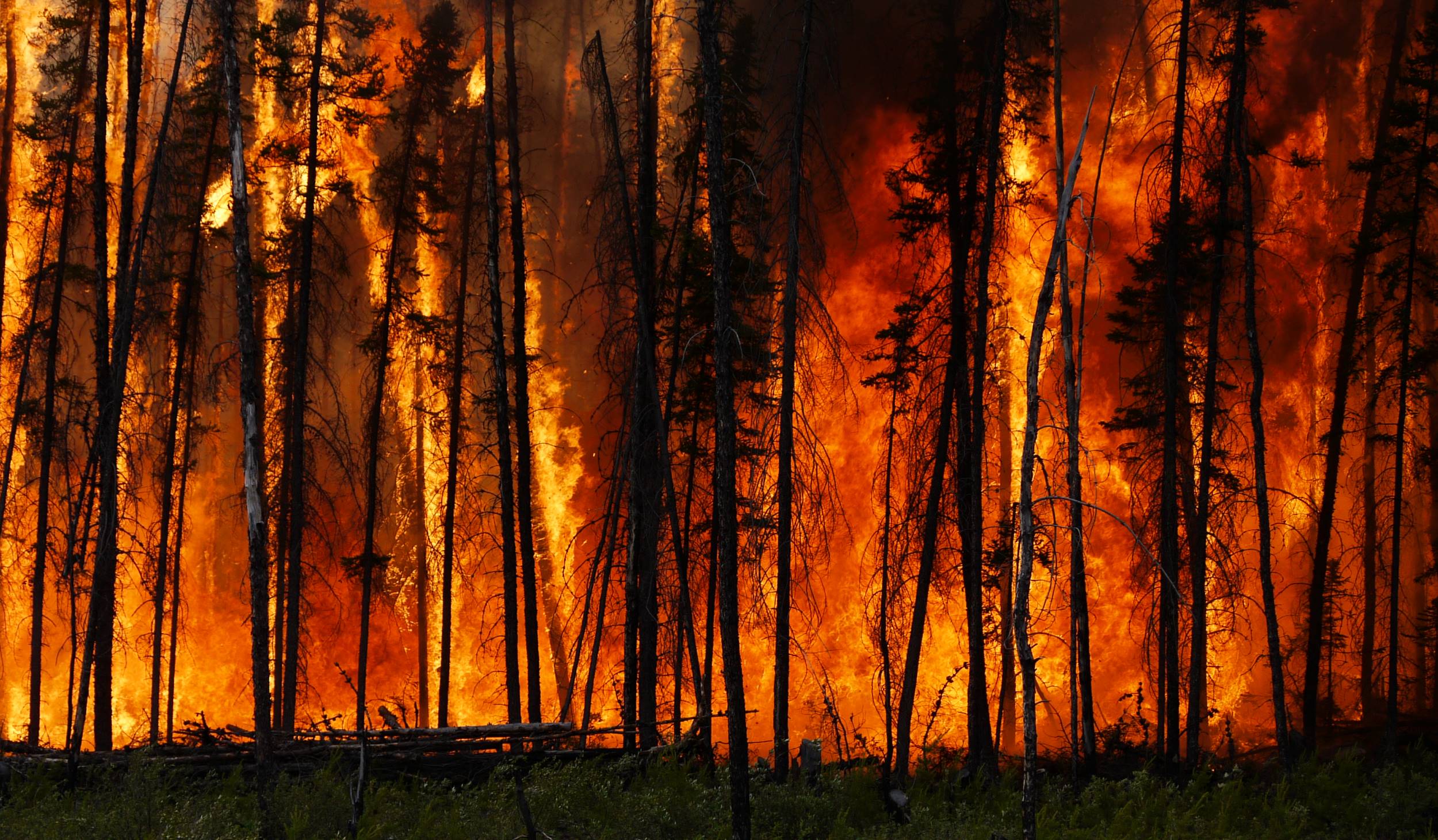
ESSIC scientist Weston Anderson is lead-author on a new paper that suggests that African food insecurity is being driven by an uptick in violent conflict. In the study published in Nature Food, Anderson worked with researchers from Columbia University, New York University, and Lamont Doherty Earth Observatory.
The team analyzed food insecurity in sub-Saharan Africa between 2009 and 2019 and found that the impacts of drought, although significant, remained relatively steady over the period, whereas violent conflict had an increasingly significant impact. Warfare prolongs and exacerbates the impacts of drought by displacing people, affecting supply chains, and preventing outside aid. Using the Integrated Phase Classification levels from the Famine Early Warning Systems Network, the team is able to access a continuous data set that reveals how crises unfold over time and how long communities suffered from hunger as a result.
Anderson is a climate scientist studying the dynamics of climate variability and its relation to food security using reanalysis products, remote sensing observations and model simulations. He is an Assistant Research Scientist at the Earth System Science Interdisciplinary Center at the University of Maryland and at NASA in the Earth Sciences Division.
To access the EOS article documenting this research, click here: “To Understand Hunger in Sub-Saharan Africa, Consider Both Climate and Conflict”.
To access the paper, click here: “Violent conflict exacerbated drought-related food insecurity between 2009 and 2019 in sub-Saharan Africa”.





